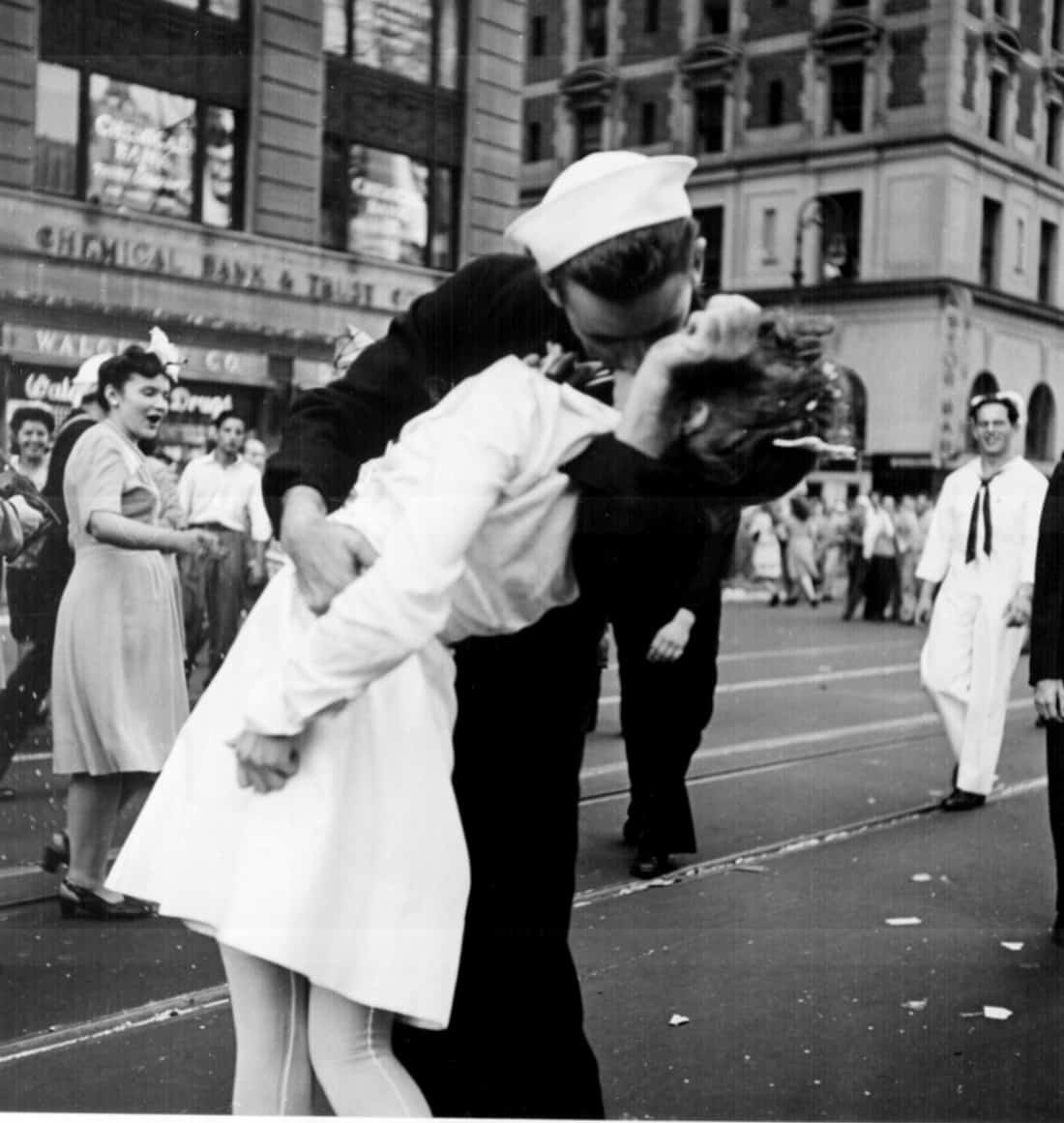Framing Streets for Beginners
Framing Streets for Beginners
Blog Article
Facts About Framing Streets Uncovered
Table of ContentsThe Best Guide To Framing StreetsThe Main Principles Of Framing Streets Top Guidelines Of Framing StreetsThe 3-Minute Rule for Framing StreetsHow Framing Streets can Save You Time, Stress, and Money.Some Of Framing Streets
Photography genre "Crufts Dog Program 1968" by Tony Ray-Jones Road photography (also in some cases called candid digital photography) is digital photography performed for art or query that includes unmediated chance encounters and random incidents within public locations, typically with the aim of capturing photos at a definitive or poignant minute by careful framework and timing. 
His boots and legs were well defined, yet he is without body or head, since these were in movement." Charles Ngre, waterseller Charles Ngre. https://anotepad.com/note/read/qd4qdia6 was the first photographer to acquire the technical class needed to sign up people in motion on the road in Paris in 1851. Digital Photographer John Thomson, a Scotsman dealing with journalist and social protestor Adolphe Smith, released Road Life in London in twelve regular monthly installations starting in February 1877
Framing Streets Can Be Fun For Everyone
Eugene Atget is considered as a progenitor, not because he was the first of his kind, but as a result of the popularisation in the late 1920s of his record of Parisian streets by Berenice Abbott, who was influenced to embark on a comparable documents of New york city City. [] As the city created, Atget aided to advertise Parisian roads as a worthwhile topic for photography.

The smart Trick of Framing Streets That Nobody is Discussing
Martin is the initial tape-recorded professional photographer to do so in London with a masked video camera. Mass-Observation was a social study organisation established in 1937 which aimed to videotape daily life in Britain and to tape the responses of the 'man-in-the-street' to King Edward VIII's abdication in 1936 to marry divorce Wallis Simpson, and the succession of George VI. Andre Kertesz.'s commonly admired Images la Sauvette (1952) (the English-language edition was titled The Decisive Moment) promoted the concept of taking a photo at what he labelled the "decisive minute"; "when type and content, vision and composition merged right into a transcendent whole" - Street photography hashtags.
The Buzz on Framing Streets
The recording maker i loved this was 'a covert video camera', a 35 mm Contax hidden under his layer, that was 'strapped to the chest and attached to a long cable strung down the appropriate sleeve'. His work had little modern impact as due to Evans' level of sensitivities about the creativity of his task and the personal privacy of his topics, it was not published up until 1966, in the publication Numerous Are Called, with an intro created by James Agee in 1940.
Helen Levitt, then an educator of little ones, related to Evans in 193839. She documented the transitory chalk drawings - sony a9iii that became part of youngsters's road culture in New York at the time, along with the kids that made them. In July 1939, Mo, MA's new digital photography section consisted of Levitt's operate in its inaugural exhibitionRobert Frank's 1958 publication,, was substantial; raw and frequently out of focus, Frank's pictures examined mainstream photography of the time, "tested all the official guidelines put down by Henri Cartier-Bresson and Pedestrian Evans" and "contradicted the wholesome pictorialism and sincere photojournalism of American magazines like LIFE and Time".
Report this page